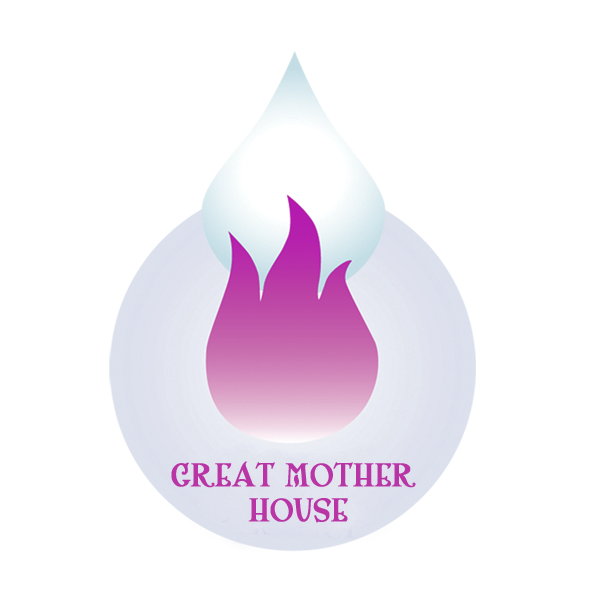tantric massage KUM NYE
5-day experience for singles and couples
Facilitation: Johan Raaimakers
Kum Nye Tantra
The Kum-nye tantra stems from Tibetan Buddhism. This one is understated, nihilistic, naked and bare like Zen. The underlying philosophy comes directly from the dharma. In the 13th to 16th centuries tantrism spread within and beyond Tibet and many faculties, institutions, monasteries and ashrams were established. However, due to the enormous distances and difficult areas, the dharma did not remain homogeneous and personal interpretations and cultural differences meant that each monastery focused on a different aspect of the dharma.
This resulted in both fragmentation and specialization. The four major schools of tantrism Kagyu, Nyingma, Sakya and Gelug were invited to present their views. These were examined and from this a new school was put together – the KUM-NYE.
Although it was intended that the Kum-nye would become a new school within tantrism, it never materialized. The four old schools persisted and Kum-nye became more of an overarching vision connecting all interpretations of the other schools. The 7th Dalai Lama made another attempt, but when he saw that an overarching movement was more important than a new 5th school, he left it that way. The Kum-nye thus developed more and more as an interpretation-free movement, without dogmas, rules of life and conditions. These were already provided from the other schools. Thus the Kum-nye could develop completely freely, it became a refuge for free thinking and only the good from the four schools ended up at the Kum-nye.
The dharma was handed down from person to person from experience. Precisely because dogmatics was absent, experience was important. There was no wish to put everything on paper, because all the knowledge was already available from the four schools.
In the 20th century, tantrism in general and the Kum-nye in particular took a serious blow. Communism in Russia, Mongolia and China and the Cultural Revolution minimized tantrism in the middle of the last century. From the 1980s, there was a boom outside Tibet, but the desire for authenticity and identity ensured that the four original schools received all the attention. Fortunately, there were still ”free spirits” who continued to practice the Kum-nye and gradually smaller ashrams in India, Nepal, Bhutan and Sri-Lanka were taught this doctrine. To distinguish themselves, the tantriks often call themselves ‘dharmists’ rather than ‘Buddhists’, indicating that they do not belong to any of the four original schools.
What is Kum-Nye tantra
When Gautama the Buddha was asked what he considered to be the core of his dharma, he replied: “It is the task of every practitioner to get into balance and stay in balance.” He has given this answer several times during his life and is at the heart of the Buddhist Tantric view.
Gautama the Buddha knew that the best way to learn is to be hindered. Any practitioner who tries to achieve balance will succeed in doing so at some point. Any practitioner who tries to maintain balance from then on will fail. This is called cinta-mayã pañña, wisdom acquired through experience. Only when the practitioner notices from his own experience that he cannot manage to stay in balance and comes to the teacher with specific questions, can the teacher also offer specific education.
Tantra is staying in an excessive flow of prana. By excessive we mean that prana is the largest energy flow present in the body at that moment. The body reacts always on the energy flow that is greatest at that moment assuming everything is energy. Thoughts are energy, emotion is energy, moods are energy, hunger is energy, muscle pain is energy, a sleeping foot is energy, breathing is energy, listening is energy, everything is energy. Regardless of which energy is greatest in the body, the body is totally responsive to that energy. The breathing reacts to the energy just like the blood pressure, lymphatic system, emotions, thoughts, moods, hormones, sweating, goosebumps, cold-heat feeling, circulation processes, everything in the body adapts to the energy that is strongest at that moment.
And so a body can be totally in anger or totally in love or totally in annoyance or totally in giggles. And all these energies have one thing in common; they are expressions of imbalance created by conditioning. It can be said that a conditioning is a pre-created determiner of a situation. You interpret the situation not according to the situation, but according to your conditioning which you have already made. The conditioning is nothing but the dividing line between your comfort zone and fear zone regarding a particular subject and when this subject arises your response is already determined. If the situation takes place in your comfort zone then you experience an energy flow based on desire, if the situation takes place in your fear sin then you experience an energy flow based on aversion. In both cases there is imbalance and the entire body reacts to this. In the entire cluster of energies there is 1 energy that is in balance, and that is prana.
Get in balance stay in balance. In other words: Get into prana stay in prana. The Kum-nye works from the vision. If no conditioning is present, the situation will not be assessed conditionally. The situation is as it is without desire or aversion and you will experience the situation from prana. Now the whole body will respond to this prana and so everything comes into balance: breathing, blood pressure, lymphatic system, emotions, thoughts, moods, hormone balance, sweating, goosebumps, cold-heat feeling, flow processes, everything comes into balance. Prana, or balance, is therefore the goal of tantra. Prana flows best where there are no conditionings. So the tantra explains that conditionings are the cause of imbalance and that they have to go out of your system.
Balance is not something you will put down every Wednesday during the weekly meditation evening. Balance is also not something you only practice with your partner. Balance is in everything, everywhere and continuously. So the prana is in everything, everywhere and continuous and thus the tantra is in everything, everywhere and continuous. There is a tantric diet to get as much prana from food as possible and to ensure that you stay in balance. There is a tantric view of raising children, of architecture, of politics, of trade, of punishment, of dying, ofeverything. You can do everything from prana and you can experience prana everywhere. The prana thus becomes the largest energy available and the entire body responds to it. You then no longer need conditioning that says what is good or not or how you should behave. You know that because you feel it. You experience this in every breath and in your entire body. That’s tantra.
Kum-Nye Massage
Kum Nye massage has a important role in whole Kum-Nye tantra system. It has a extraordinary benefit for people who practice meditation and any kind of body training. Helping to relax our muscles and release all tension and tightness in the body. Activates and cleanse subtle body channels with the help of special yogic positions and the breathwork.
The proces of Kum Nye massage opens the space of mystical experience, where there is no more role of giver or receiver, but both people are becoming one flow of prana and one Buddha Mind.
Certain positions of Tibetan yoga are combined with deep touch in body to body flow, resulting in activation and merge of feminine and masculine energies.
Synchronized breath opens inner channels and brings partners into deep soul connection.
Whole process of this special yogic bodywork is bringing our body, mind and soul complex back to balans, removing energy leaks and creating integrated body container for our life energy.
Regular Kum Nye tantric massage practice creates solid fundation for advanced tantric yoga experience.


